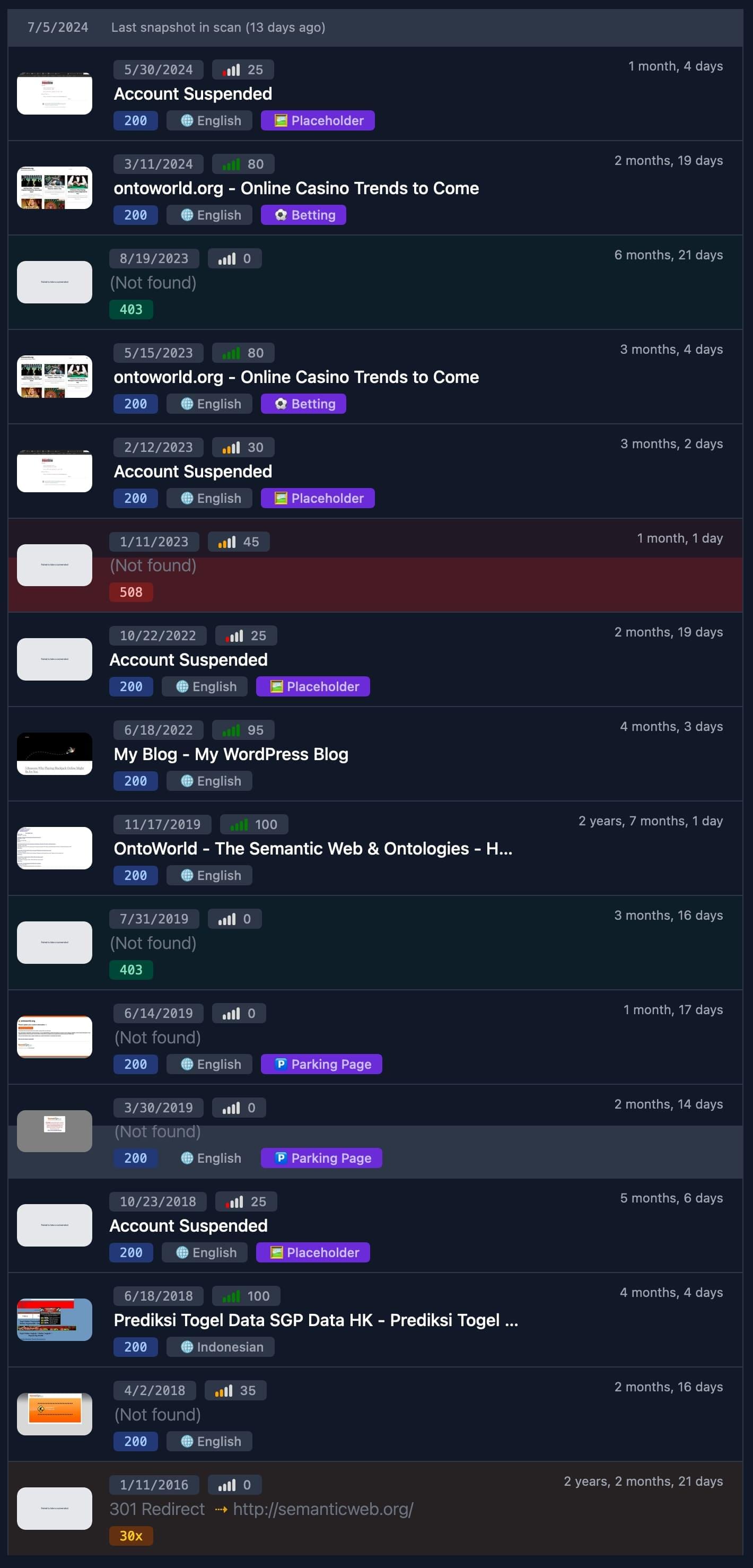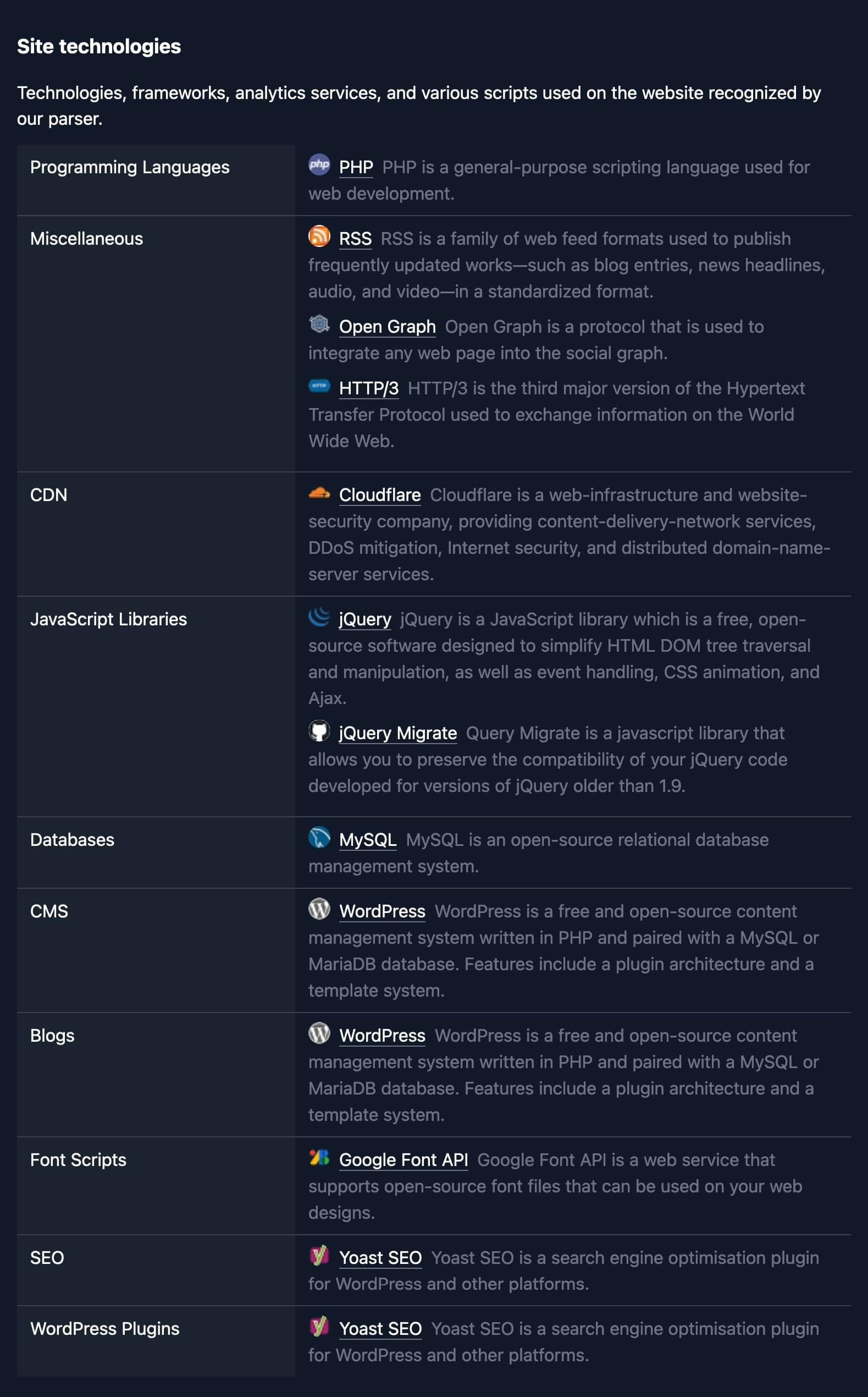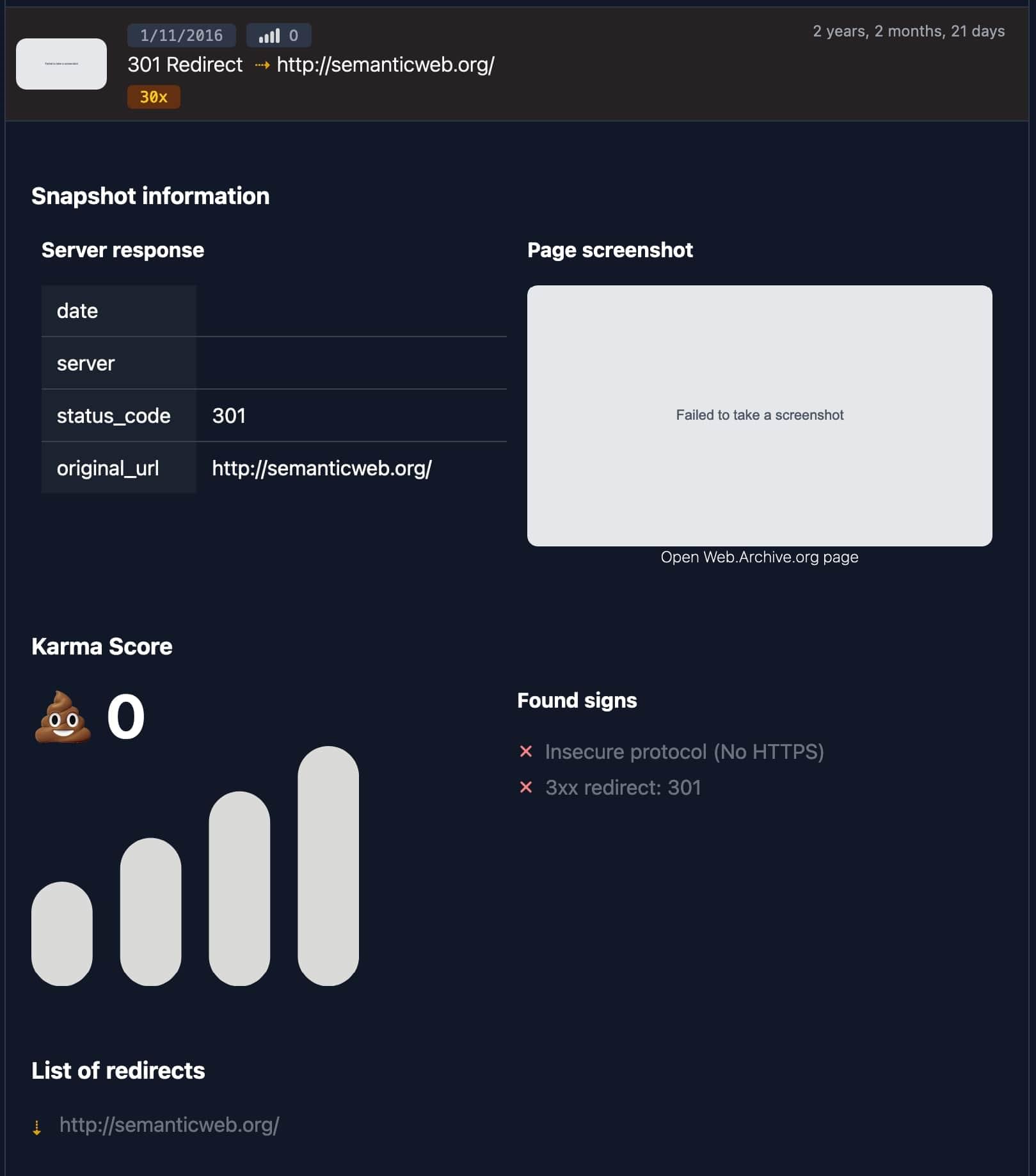The table above shows live expired domain auctions with active bids, updated hourly. Each entry displays current bid price, time remaining, and auction platform—letting you jump in on domains other buyers have already validated with real money. Below: auction types, major platforms, bidding mechanics, and what to verify before you place your bid.
Why Bid on Domains That Already Have Bids?
Active bids signal market validation. When multiple buyers compete, it means:
- Demand confirmation: The domain has features worth paying for—backlinks, traffic, brandability, or clean history.
- Price discovery: Current bid levels help you gauge fair value faster than starting from zero.
- Time urgency: Auctions with activity close soon; waiting means missing out or facing last-minute bidding wars.
Caveat: High bid counts don't guarantee quality. Always run your own checks (see below) before committing.
Two Auction Types You'll Encounter
Expiring (Pre-Release) Auctions
What they are: Run by the registrar holding the domain before it returns to the registry. Examples: GoDaddy Expired Auctions, Dynadot Expired Auctions.
How they work:
- Auctions start during the grace/redemption period (typically 0–45 days post-expiration).
- If no one bids high enough, the domain often rolls into closeout (a short fixed-price or descending-price window).
- The current owner can sometimes renew mid-auction, canceling the listing.
Karma.Domains pulls live auction data from GoDaddy, Dynadot, Namecheap, and other registrar platforms daily—showing you current bids, end times, and direct links to bid, all consolidated in one interface.
Pending-Delete (Drop) Auctions
What they are: After redemption ends, the registry queues the domain for deletion (~5 days). Drop-catch services compete to register it the instant it drops.
How they work:
- Buyers place backorders at services like DropCatch, NameJet, or SnapNames.
- If multiple backorders exist, the catcher triggers a public auction (typically 3–5 days).
- Winner pays, the catcher registers the domain, then transfers it to the winner's account.
The race: Drop-catchers use high-performance infrastructure to grab names within milliseconds of release. You can't hand-register these—backorders are your only path.
Major Auction Platforms (and Their Rules)
| Platform | Auction Type | Auto-Extend? | Payment Window |
|---|---|---|---|
| GoDaddy Auctions | Expiring + Closeout | Yes (5 min) | 48 hours |
| NameJet | Pre-release + Drop | Yes (varies) | Immediate |
| SnapNames | Drop + Partners | Yes (5 min) | Immediate |
| DropCatch | Drop | Yes (5 min) | 48 hours |
| Dynadot | Expiring + Closeout | Yes (5 min) | 48 hours |
Note: Most platforms extend the auction when bids arrive in the final minutes (typically +5 min per late bid) to prevent sniping.
Karma.Domains aggregates auction inventory across all major platforms—GoDaddy, NameJet, DropCatch, Dynadot, Namecheap—letting you filter by bid count, current price, and time remaining without checking each site separately.
Bidding Mechanics: What Happens When You Click "Bid"
-
Account required: You'll need verified membership at the auction platform. Some require ID verification or deposit.
-
Proxy bidding: Enter your maximum. The system auto-bids for you in increments (e.g., $1, $5, $10) until your max is reached or you're outbid.
-
Auto-extensions: Late bids trigger time extensions. If someone bids with 2 minutes left, the close pushes out another 5 minutes. This repeats until no new bids arrive.
-
Payment deadline: Win an expiring auction? Expect payment due within 48 hours. Miss it, and you risk account suspension.
-
Transfer lock: Winning triggers a change-of-registrant event, historically locking the domain for 60 days before you can transfer it to another registrar. Policy changes rolling out in 2025 may shorten this.
Your Pre-Bid Due Diligence (5-Minute Drill)
Before you proxy-bid $500 on a domain with 12 active bids, run these checks:
1. Wayback history
Scan for toxic eras (pharma spam, casino redirects, piracy content). Karma.Domains auto-flags these when analyzing each domain's Wayback timeline—so you see red flags upfront instead of discovering them post-purchase.
2. Backlink quality
Look for editorial, topic-relevant links—not just volume. Check anchor distribution (brand/partial/generic) and referrer authority. Karma.Domains consolidates Ahrefs, Majestic, and Semrush metrics side-by-side in each auction listing.
3. Renewal risk
For expiring auctions, confirm the registrar's policy: can the current owner still renew mid-auction? If yes, your winning bid could be voided.
4. Traffic/indexing
If the table shows traffic estimates, cross-check them. Sudden recent spikes = red flag. Check Google indexing for malware/hack history.
5. Trademark scan
Quick USPTO or EUIPO search. Bidding on a trademarked term invites UDRP complaints.
Smart Bidding Strategy
- Set your max based on value to you, not on beating the next bidder. Proxy bidding handles increments; you just set the ceiling.
- Watch the clock: If the auction ends in 2 hours and you're serious, place your bid. Last-minute rushes trigger extension chains.
- Plan for fees: Winning bid + renewal/registration fee + platform fees (if any). Budget accordingly.
- Have a backup: If outbid, set a backorder for the drop (if it's an expiring auction that might reach deletion) or watch for closeout.
Quick Pre-Bid Checklist
- Auction type confirmed: Expiring or pending-delete? Know the renewal/cancellation risk.
- Platform rules clear: Auto-extend timing, payment window, membership requirements.
- History clean: Wayback shows no toxic content; backlinks are topical and natural.
- Payment ready: 48-hour window means credit card or account balance on standby.
- Backup plan: Backorder set if you lose; closeout monitoring active.
Bottom line: The table above delivers live auctions with real market demand. Bids signal validation, but always verify quality yourself. Know the auction type, platform rules, and payment timeline before you click "bid"—and use the hourly updates to catch closing windows before they expire.











